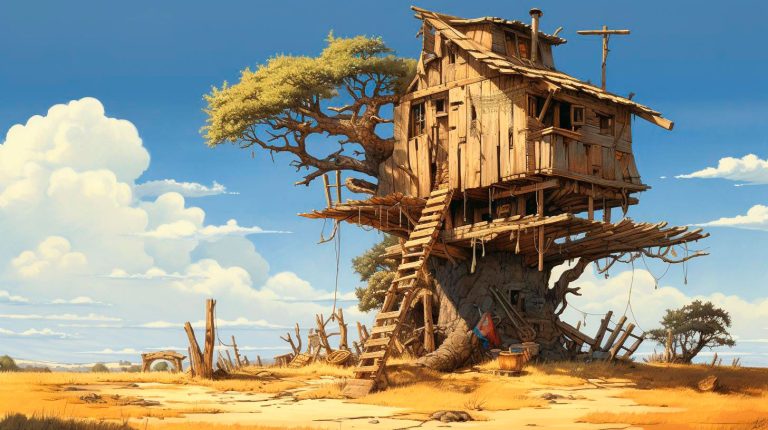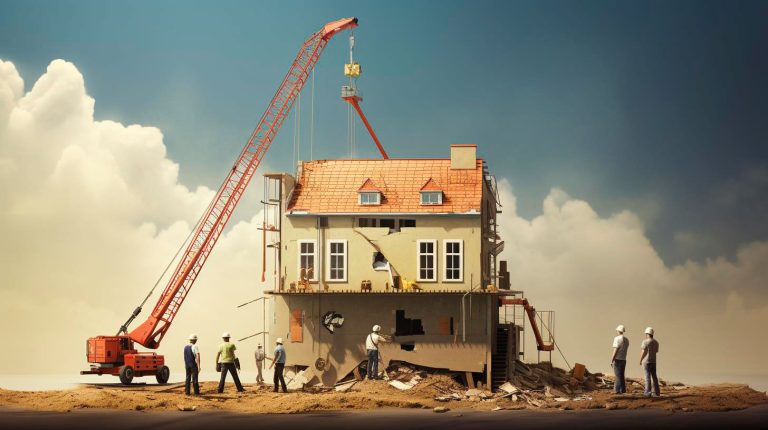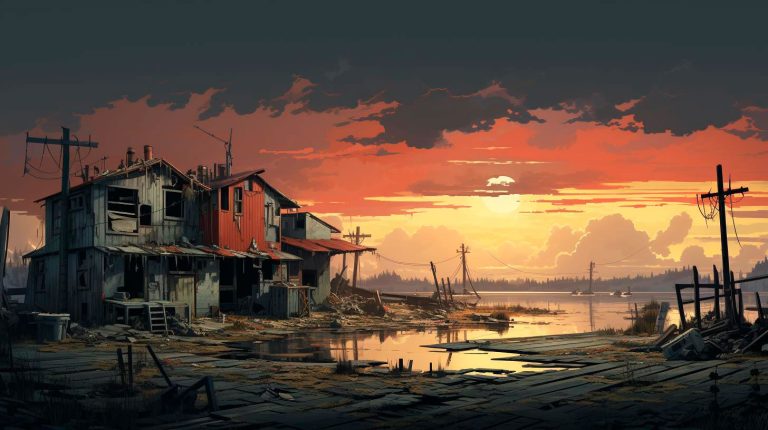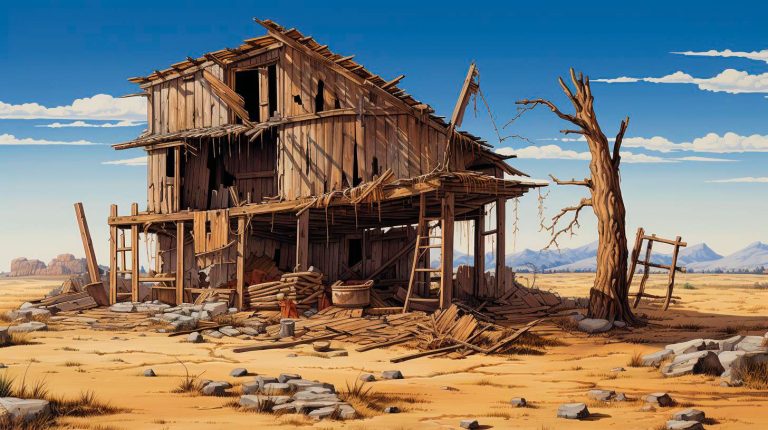In this article, we will explore how photography shapes conservation efforts and why it plays a crucial role in bringing environmental issues to the forefront.
The Power of Visual Storytelling
Photography has a unique ability to engage our emotions and captivate our attention. As humans, we are naturally drawn to visual imagery, and when combined with a powerful narrative, it has the potential to create a lasting impact. Here are some key takeaways on how visual storytelling through photography supports conservation:
- Raising Awareness: By capturing captivating images of endangered species and fragile ecosystems, photographers can bring attention to the urgent need for conservation efforts. These powerful visuals can stir emotions, increasing public awareness and support.
- Building Bridges: Through photography, conservationists can bridge the gap between science and the general public. Beautifully captured images can help communicate complex scientific concepts in a way that everyone can understand and appreciate.
- Connecting People with Nature: Photography allows individuals who may never have the opportunity to witness the wonders of nature first-hand to experience the beauty and fragility of our planet. This connection inspires a sense of responsibility and a desire to protect our natural world.
Documenting Scientific Discoveries
Beyond raising awareness, photography plays a critical role in documenting scientific discoveries and conservation efforts. Here are some advantages of photography in this context:
- Evidence and Data: Photographs provide tangible evidence of wildlife populations, biodiversity, and habitat destruction. They offer a visual record that can be used by scientists, researchers, and conservationists to study and monitor changes over time.
- Conservation Planning: High-quality photographs can help in the planning and execution of conservation strategies. By capturing specific details of species, habitats, and ecosystems, photographers provide valuable information that informs conservation plans.
- Advocacy and Policy Making: Compelling visuals enable conservationists to advocate for policy changes and demonstrate the importance of protecting natural areas. Photographs can showcase the ecological services provided by wildlife and ecosystems, influencing decision-makers to prioritize conservation measures.
Fuel for Conservation Organizations
Photography not only sparks individual interest in conservation, but it also plays a crucial role in supporting conservation organizations and initiatives. Here are some key takeaways on how photography fuels these efforts:
- Fundraising: Stunning wildlife photography can be used in marketing materials, calendars, and exhibitions to raise funds for conservation projects. The emotional connection created through powerful photographs can inspire people to donate to important causes.
- Education and Workshops: Photography workshops and educational programs help individuals develop their skills in capturing wildlife moments. These initiatives not only inspire photographers to document nature but also equip them with the knowledge to become ambassadors for conservation.
- Partnerships and Collaboration: Conservation organizations often collaborate with photographers to create impactful visuals for their campaigns. By working together, they can reach larger audiences and multiply the impact of their conservation efforts.
Conclusion
Photography acts as a window into the world of wildlife conservation, allowing us to see the beauty, diversity, and challenges faced by the natural world. Through visual storytelling, photography raises awareness, connects people with nature, and documents scientific discoveries. It is a powerful tool in the hands of both individuals and conservation organizations. So, grab your camera, explore the great outdoors, and join the movement to protect and preserve the incredible wildlife around us.



















+ There are no comments
Add yours